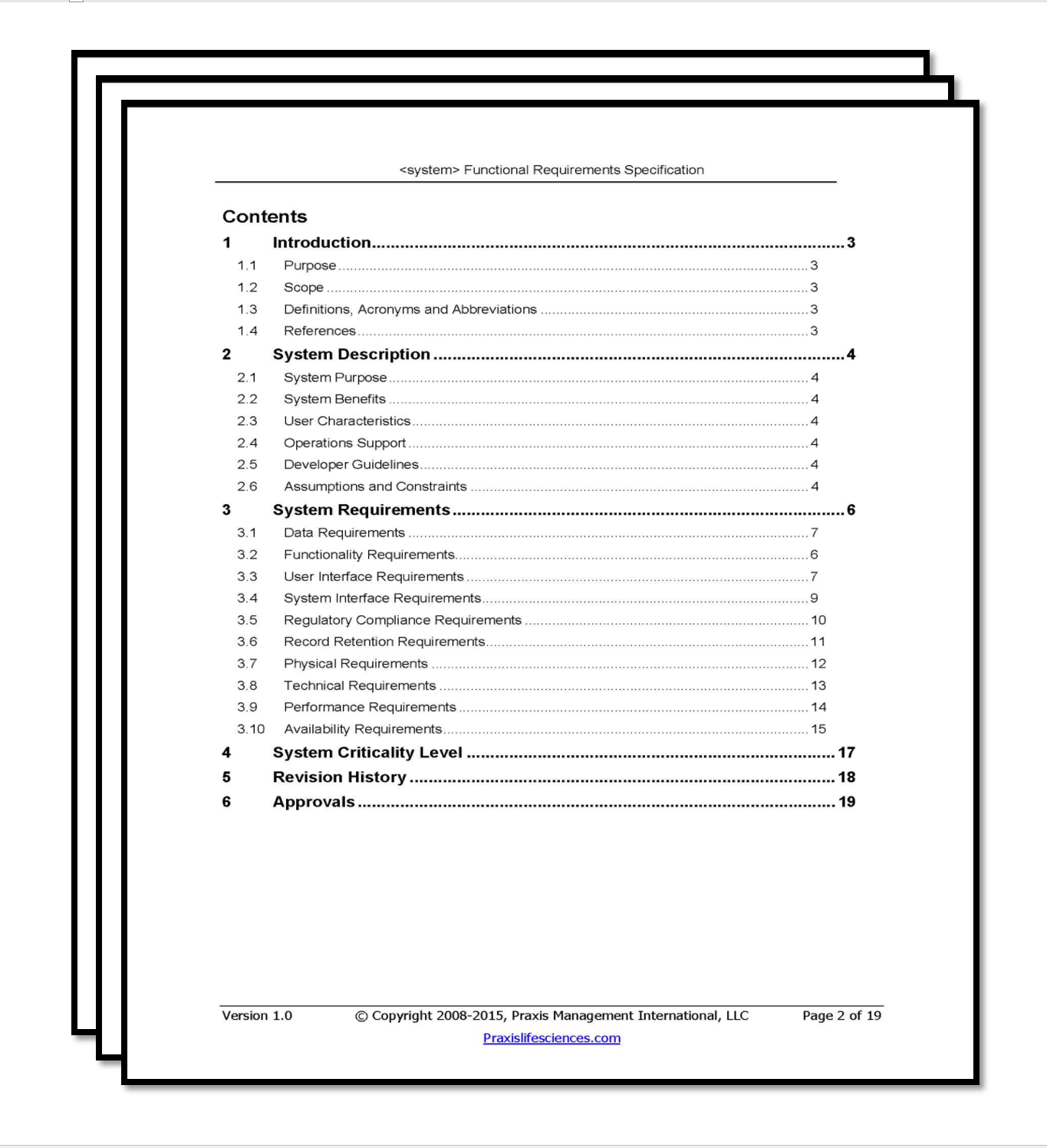
To find a song, you can also sort your list by year or rating. You can find any track by indicating the name of an artist or an album title. With this free music organizing software Windows version, you can access various playlists in a few simple clicks as the app enables you to freely enjoy its impressive collections. The service created by Apple can be also accessed from Windows but if you don't need to purchase any applications, it might be better to choose another option instead. Verdict: While the previous versions of iTunes are perfect for managing audio files, the most recent ones also allow purchasing various apps and watching TV shows from iOS and other devices. Perfect for complex collections of audio tracks The best option for music library creation Top 17 Music Management SoftwareĪ wide array of advanced technical featuresĪ meticulous approach to collection maintenance With the help of a special editing tool, a user can add MP3 tags and other relevant information so that the files are easier to find. Such software help organize files, add metadata, auto-fill track titles and artist names if they haven't been indicated.īesides, being synchronized with iOS and Android, these programs allow creating playlists and libraries. An efficient music organization software should support a wide variety of files and feature a set of editing tools. budget, team, etc.Music management software is especially useful when you need to open different formats of audio files.

Overall Description: Describe what you are building and for who.Ģ.1 User Needs: Explain the user needs for this software.Ģ.2 Assumptions and Dependencies: What assumptions are you making that could cause an error in your approach? Is the project reliant on any other factors that could affect the development of the software?ģ.1 Functional Requirements: Take time to define the functional requirements that are essential for the software to built.ģ.2 External Interface Requirements: Are there any UX and UI requirements that you must keep in mind as you build?ģ.3 System Features: What features are required for the software to even work.ģ.4 Nonfunctional Requirements: Are there any non-functional requirements that you need to address (i.e.

What are the main goals and objectives? How do they relate to the company's goals?ġ.5 Definitions and Acronyms: Provide an overview of any definitions the reader should understand before reading on.Ģ. 1.1 Purpose: The introduction sets the expectations for the product.ġ.2 Intended Audience: Who is the software for? Who is the end user - whether internally at a company or externally.ġ.3 Intended Use: What is the software for? What problem is it solving?ġ.4 Scope: Explain the scope of the software.


 0 kommentar(er)
0 kommentar(er)
